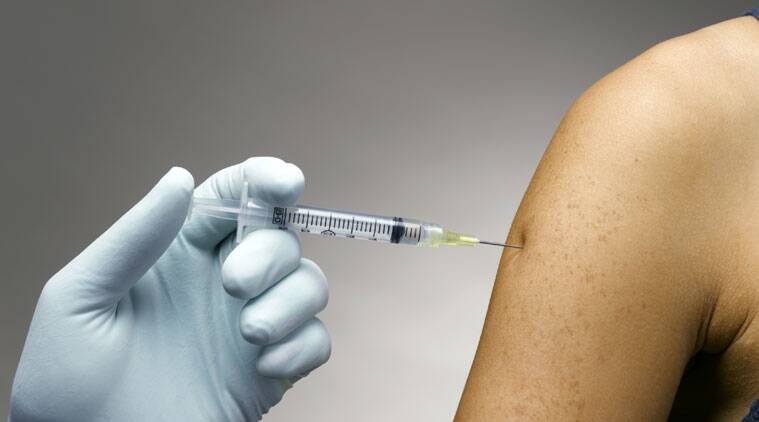


The highest attainable standards of health in terms of physical, mental and social well-being is not only a fundamental right of every human being, but also a prerequisite for the economic and social development of a nation. Children represent the future of our nation. The highest possible physical and mental development can only be attained by investing in the initial five years of a person’s life as this ensures survival with improved cognition. The Ministry of Health & Family Welfare (MoHFW) is therefore working towards ensuring the most productive life for a person by specifically focussing on the initial five years of life. On the 68th Republic Day, let us reflect on what we have achieved and what more needs to be done.
India should take pride in its progress in public health. Life expectancy has increased from 63.5 to 67.9 during the last decade; through 2009 to 2015, the maternal mortality rate has decreased from 212 deaths per 100,000 live births to 167 deaths and infant mortality rate has decreased from 50 to 37 deaths per 1,000 live births. We have also eradicated polio and eliminated maternal and neonatal tetanus. These successes mark India’s dedication to ensuring its people remain healthy and productive. However, as our country moves towards achieving its aspirations of better health, one of the biggest challenges we continue to face is high child death and disability.
Every year, 2.6 crore children are born in India; nearly 11.4 lakh die before their fifth birthday, many from preventable causes. We are determined to save the life of every child. A powerful weapon against deadly childhood diseases is immunisation. To ensure that every child has access to immunisation, MoHFW launched Mission Indradhanush (MI) in 2014.
MI is a special drive to vaccinate all unvaccinated and partially vaccinated children, protecting them against 10 life-threatening diseases, including diphtheria, whooping cough, tetanus, polio and measles, among others. During MI drives, pregnant women are administered the tetanus vaccine, ORS packets and zinc tablets are distributed for use in the event of severe diarrhoea or dehydration and vitamin A doses are administered to boost child immunity.
MI is one of the largest immunisation programmes in the world. In the first three phases, 28.7 lakh immunisation sessions were conducted, covering 2.1 crore children, of which 55 lakh were fully immunised. Also, 55.9 lakh pregnant women were given the tetanus toxoid vaccine across 497 high-focus districts. Since the launch of MI, full immunisation coverage has increased by 5 per cent to 7 per cent. The goal of MI is to achieve more than 90 per cent full immunisation coverage among children in the country by 2020. Set to enter its fourth phase, MI will initially cover 67 districts across the eight north-eastern states, some of the most remote and inaccessible districts in the country.
Related | Simply put: Vaccination net grows, two new, another widens
Further, the government has strategically introduced several new vaccines in the Universal Immunisation Programme (UIP): The pentavalent vaccine, which protects against five diseases, was introduced throughout the country in 2015; rotavirus vaccine, which protects against rotavirus diarrhoea, has been introduced in four states so far; and inactivated polio vaccine, which protects against polio, was introduced in 2015 and expanded across all states by the middle of 2016. In the coming weeks, we will introduce two new vaccines into the UIP — measles-rubella (MR) vaccine, for protection against measles as well as congenital birth defects caused by rubella, and pneumococcal conjugate vaccine (PCV) to protect against pneumonia. We will also scale up rotavirus vaccine in five more states.
Pneumonia and severe diarrhoea are responsible for more deaths of children under five in the country than all other infectious diseases. Pneumococcal pneumonia is responsible for an estimated annual 5.6 lakh cases and 1.05 lakh deaths in India. Measles and rubella also contribute significantly to India’s child mortality and morbidity. Thankfully, the MR vaccine protects children against measles as well as rubella. Protection from rubella is essential to prevent congenital rubella syndrome, which can cause blinding cataracts, deafness and heart disease.
Immunisation is one of the most cost-effective public health interventions, yielding a 44-fold return on investment. Immunisation helps the country invest in human capital, contributing to future economic growth and reducing the economic burdens of hospitalisation and treatment costs. And it offers wider benefits. For instance, the lessons learned from the special immunisation campaign has contributed to strengthening other public health services, including deworming and diarrhoea control.